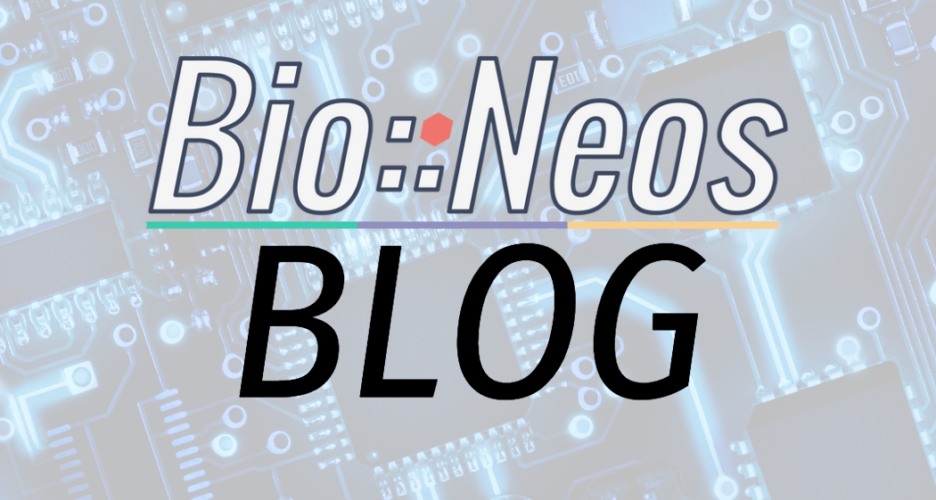Have you sent a work email while in bed? When you should be, going to bed? 55% of Americans check their work email after 11:00 pm. Too much of this sounds outrageous and probably past our bedtime, but this is the new norm with most of the workplace being online due to the covid-19 pandemic or being a tech company. While working remotely has countless benefits (no commute, not sharing germs, and endless kitty or puppy cuddles), employees are feeling burnt out more than ever. Despite feeling burnt out, employees prefer to work from home or adopt a hybrid model. As we enter the post-pandemic workplace, digital wellness is crucial to ensure continued success and less burnout.

Think back to March 2020 when stay-at-home orders were put in place. We had our employees have their plan regarding working from, and we would support them where we could. Nobody was prepared for these changes, especially untrained employees. In the United States, 76% of employees did not receive training to support their transition to remote work. Over a year later, employees are burnt out, isolated, and hoping for a better transition back to ‘normal,’ whatever that might look like.
Employee burnout is nothing new. However, the “always on(line) culture” matched with pandemic lockdowns has created an unhealthy expectation of 24/7 availability. Not only does this have mental and physical health repercussions, but it is also counterproductive. So, what can companies do to improve productivity and engagement and support remote workers? Digital Wellness. Just like other areas of wellness, Digital Wellness is measured on a spectrum. It represents the optimum state of health and well-being that each individual can achieve while utilizing technology. Digital wellness will look different for each person, so providing the tools and flexibility needed to create boundaries that work for your team’s unique needs is essential.
For most companies, this will sound overwhelming, but a simple 1st step is focusing on communication. It Bio::Neos, we call this out Communication Charter from our Tool Box. Upon each employee being hired, we explain our communication charter, which clearly outlines when, where, and how to respond. Each form of communication (email, Slack, phone, etc.) has a different use, level of urgency, and expected response time. This also allows employees to share their expected working hours and where they plan to work. We like to say more communication is better than no communication. It improves employee satisfaction and productivity by restricting digital distractions and allowing more uninterrupted focus time. Without a communication charter, employees are allowed to communicate whenever the desire strikes. The communication charter allows for meaningful conversations and relationships.
Using the communication charter is necessary for everyone to use. Even the company founders, Steve and Mike. Employees will always follow the boss; this is not the place for the “do as I say, not as I do” type of work.
With lockdowns and travel restrictions in place, employers have been spoiled by the hyper-availability of their employees. However, being available 24/7 isn’t sustainable when it comes down to it. While having a list of employees that will jump online at a moment’s notice may help you, empowering employees to set digital boundaries that protect their mental and digital well-being will pay you back in the long run. This will give your employees a sense of value and appreciation.
Digital Wellness spans further than communication, and it continues outside the office. Committing to digital wellness is an intentional and healthy relationship with technology in the workplace and personal life. This includes walking away from technology from time to time. Perhaps that’s why we love working in the BioVentures building. From sidewalks outside to walking hallways, there is plenty of space to get up and move. Low-level physical activities or ‘non-exercise have been proven to impact productivity positively. You can typically find at least one of us up every hour, even if it’s the walk to the coffee machine.
As we adjust to the new post-pandemic office culture, digital wellness will become essential to success. Employees need guidance and assurance that working remotely or in the office is a healthy and viable option. The good news is it’s never too late to take the lead.

